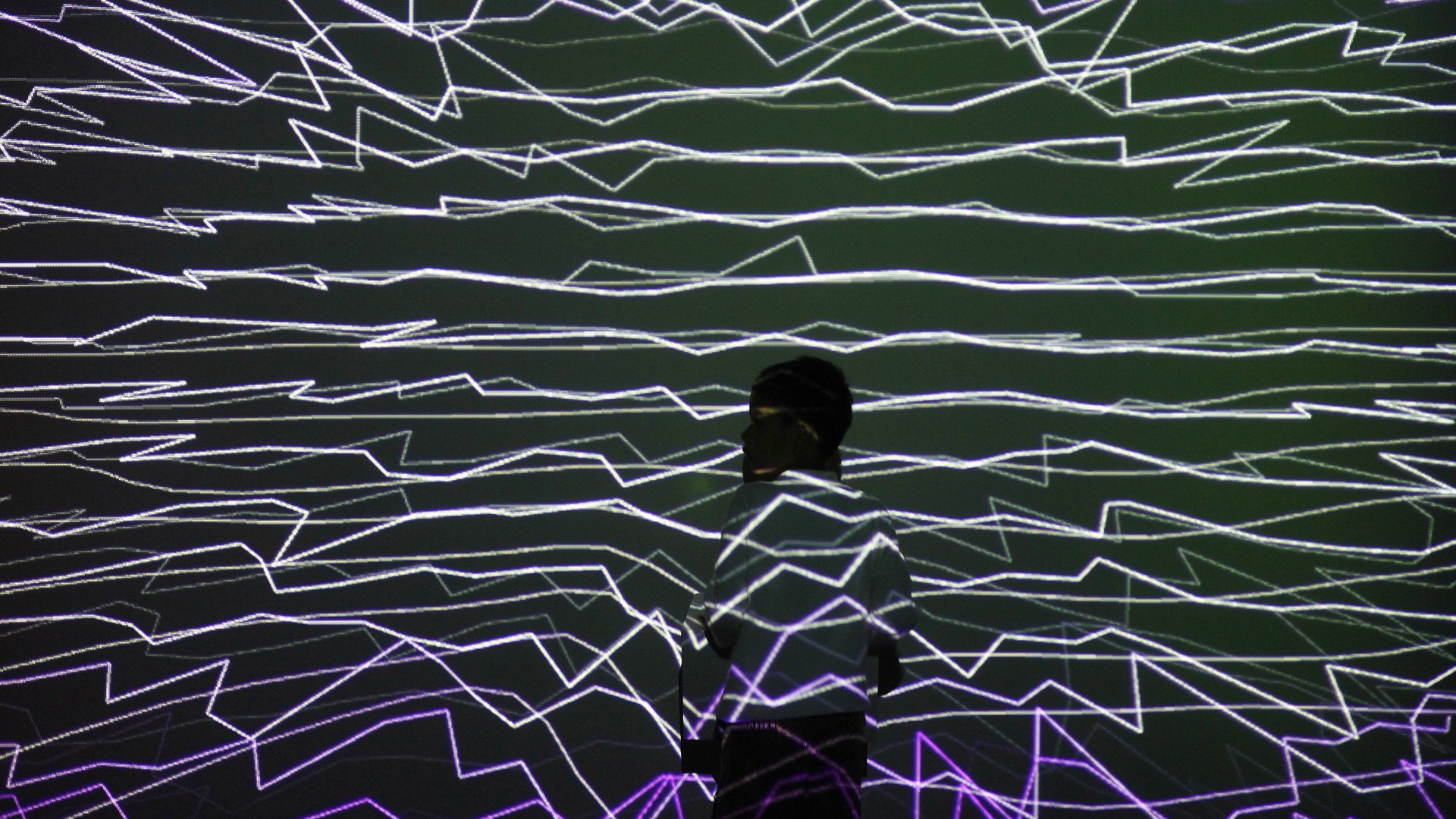How to collect digital art like a pro
Now that we’ve taken a look at some of the most collectable works of digital art being created today, let’s talk for a minute about how one might actually, um, collect it. “Collecting digital art isn’t so far off from what’s been done traditionally. The same rules apply in getting to know what your eyes like, how serious the artist is about their work, etc.” So says Brett Phares, artist and curator of the Digital Graffiti art festival that we recently popped down to Florida to check out. But even if you’re not a first-time buyer, Phares says there are three basic things to keep in mind when purchasing digital art, and especially projection art:


Now that we’ve taken a look at some of the most collectable works of digital art being created today, let’s talk for a minute about how one might actually, um, collect it. “Collecting digital art isn’t so far off from what’s been done traditionally. The same rules apply in getting to know what your eyes like, how serious the artist is about their work, etc.” So says Brett Phares, artist and curator of the Digital Graffiti art festival that we recently popped down to Florida to check out. But even if you’re not a first-time buyer, Phares says there are three basic things to keep in mind when purchasing digital art, and especially projection art:
1. Invest in a quality projector
High-definition film and TV have paved the way for digital art, and it should be readily easy to see the difference between common HD formats like 1080p and where the industry is moving with 8k resolution. In many ways digital art lags here, as it can be difficult cost-wise for artists to create their work greater than 1080p—and just when they thought 720p was good enough (not even).
With lumens, it’s another specification that has an economy of means. A projector with lower lumens (like the one you probably have in your office) leaves out the subtle details. Conversely, brighter projectors reveal all of the details of data-poor digital art. Providing for better work and its potential longevity is an investment.
Minimum recommendation: 1080p-resolution art paired with 7500-lumen projection.
2. You paid for the work—now make sure you actually own it
There are many challenges regarding the maintenance and longevity of digital artwork. It’s getting easier; different web platforms claim to offer some ease and longevity in playback. Think of these kinds of media as trading cards, however; sites that came onto the scene overnight can leave just as quickly.
Minimum recommendation: Own or lease the original or authenticated edition of the work—outside of a network. If you don’t want to know about the technical complexities behind the work, find someone to help advise you, including the details of the Terms & Conditions. (“We’ve made it easier to view all your work only on Cablevision.”) Own a backup solution, such as video capture of a real-time simulation system, and own the platform with a maintenance agreement from the artist and/or gallery.
3. Is it social?
We’ve come to think of art as personal, and I don’t see this changing. But projecting art is a different experience. The viewer should be considered in the frame of the work, just as much as the architecture underneath it. This is an element that everyone is getting used to, as the artist normally wants to exercise more control in how the work is seen, and the collector should want to know that the art works in more than one physical frame.
Minimum recommendation: View the art you’re interested in on a variety of platforms with different footprints (from a smart device to a large projection) and in as many different contexts as possible. If friends and family are mesmerized by the work and provoked into discussing it, then buy it.
This post originally appeared at AIGA Eye on Design.